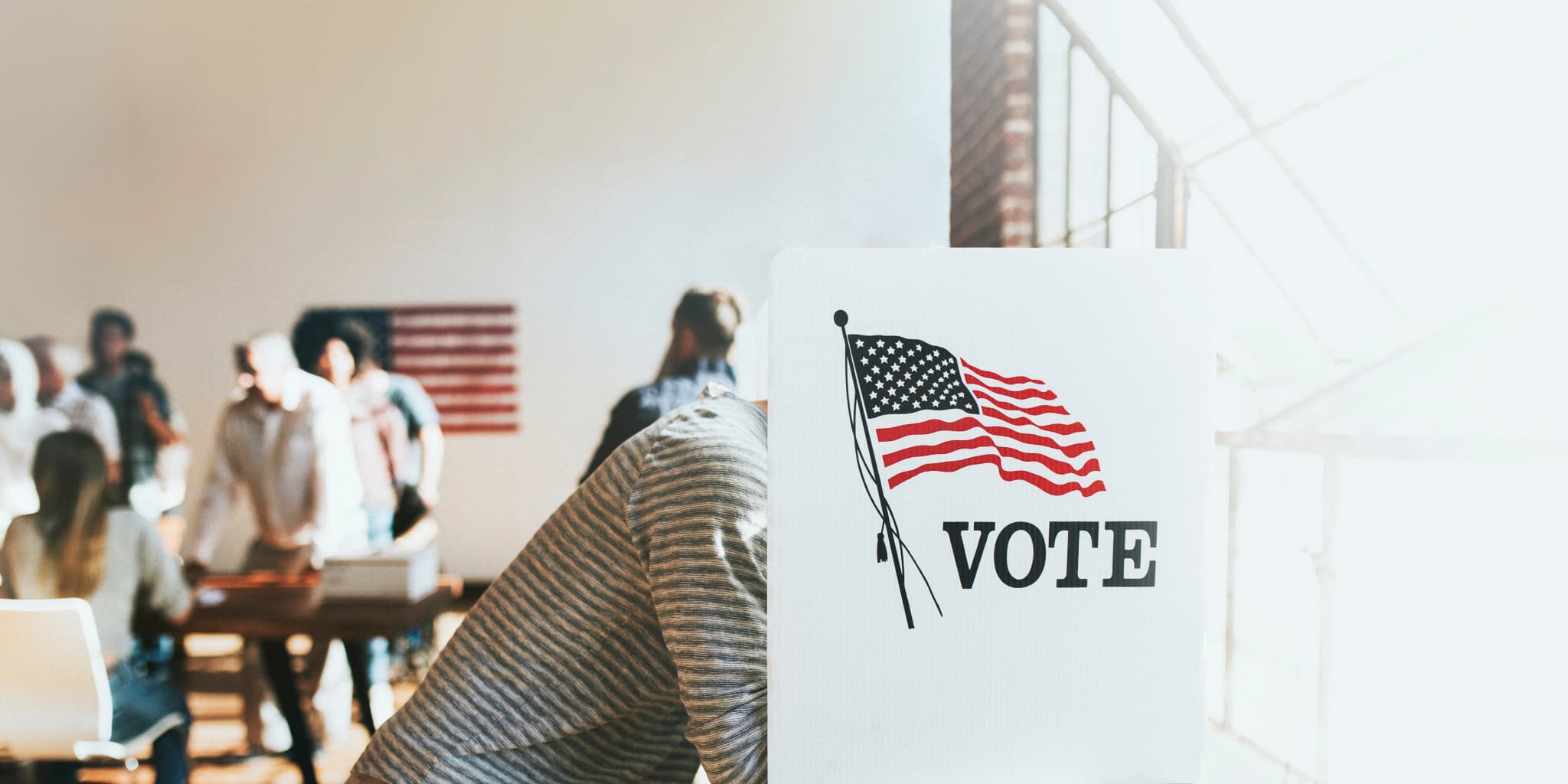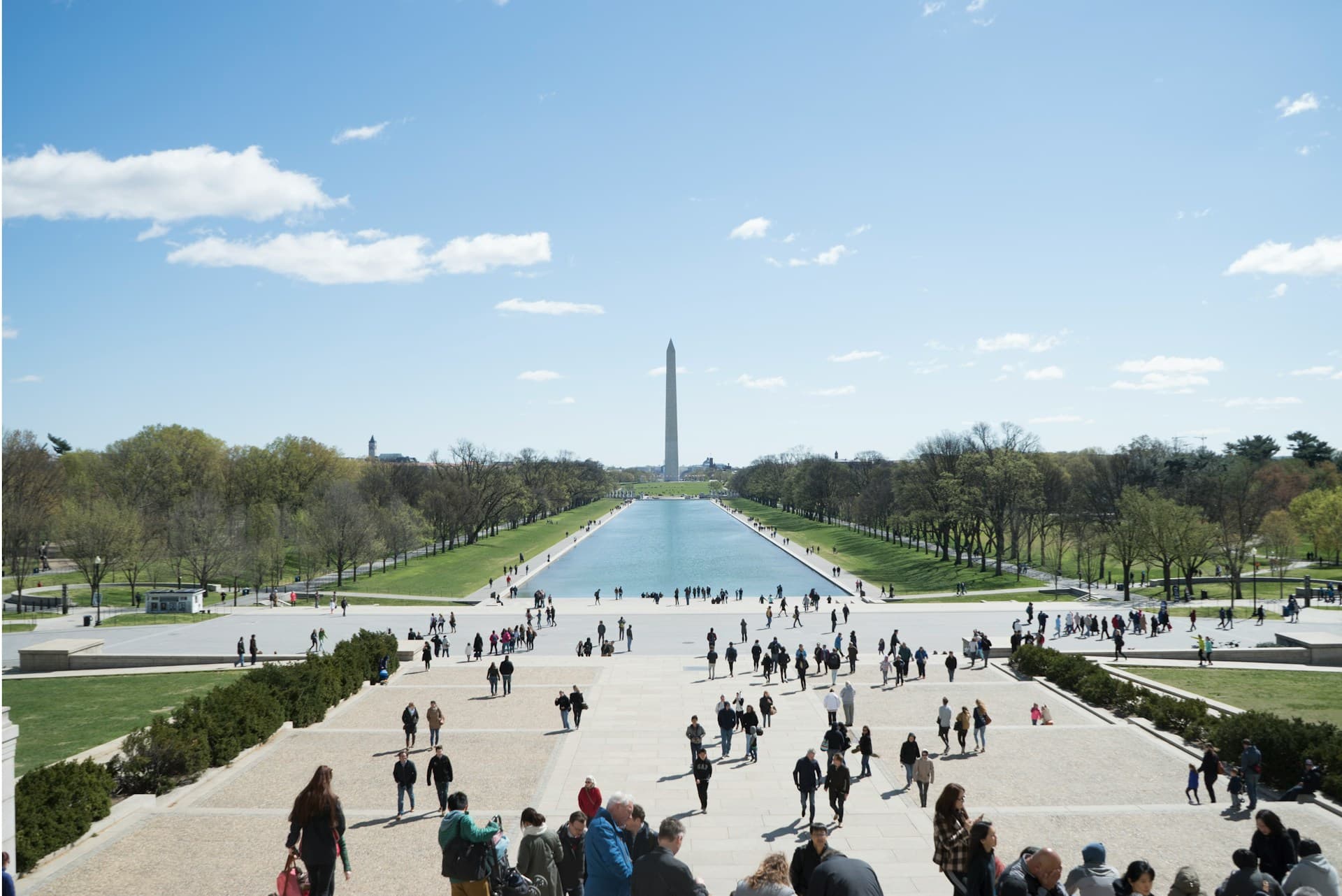Weeks before Midterms, Independents Vastly Outnumber Party Members

In the latest Gallup poll taken from August 1-12, 2018, independents outnumbered members of either major party by at least 15 percentage points, but politicians continue to tailor their messages for the most extreme wings of a polarized two-party system.
As of August, just three months before the contentious 2018 midterm elections, 28 percent of registered voters are Republicans, 27 percent of respondents say they are Democrats, and 43 percent identify themselves as political independents.
The problem isn't only in messaging during campaign season. In a government dominated by the two-party system for most of its history, policymaking is fraught with the extreme polarization of partisan politics and the 43 percent of voters who are independent are expected by the two-party system to quietly endure as the "silent plurality."
That's despite the fact that party membership is even slipping in many states. Nationwide, the Democratic Party has dropped 3 percentage points in a single month. Yet these voters continue to be marginalized as "leaners," as people who only say they are independent even though we have seen the impact these voters have had on elections.
The two parties maintain an iron grip on the levers of power and do everything they can to woo and pander to the most extreme elements within their constituencies.
Part of the reason may lie in what social scientists at the Rensselaer Polytechnic Institute have discovered:
"...that when just 10 percent of the population holds an unshakable belief, their belief will always be adopted by the majority of the society. The scientists, who are members of the Social Cognitive Networks Academic Research Center (SCNARC) at Rensselaer, used computational and analytical methods to discover the tipping point where a minority belief becomes the majority opinion."
The findings were published seven years ago in the July 22, 2011, online edition of the Physical Review E, in an article titled, "Social consensus through the influence of committed minorities."
"When the number of committed opinion holders is below 10 percent, there is no visible progress in the spread of ideas. It would literally take the amount of time comparable to the age of the universe for this size group to reach the majority," says SCNARC Director Boleslaw Szymanski, "Once that number grows above 10 percent, the idea spreads like flame."
As Will Durant once said, "The political machine triumphs because it is a united minority acting against a divided majority."
But we have seen the impact that independent voters have on elections. We have seen the anti-establishment wave triumph against the political machine in a presidential election -- nearly with both parties too. We have seen voters in states like Maine defend their rights against politicians who desperately cling to their power.
More and more Americans are uniting under the shared idea that the two-party system, as it exists, is not working for them. It is working only for two private political corporations -- the Republican and Democratic Parties. And this idea has spread like wildfire.
However, candidates from the two parties continue to play by the same playbook. They can do this because they know that for the most the system will protect them. It was explicitly designed to protect them. And the pundits and consultants and pollsters will tell them that independents -- they only really make up 5% of the population. Most are just "leaners" in a system that gives these voters only two options to begin with.
That is why the pollsters missed it when Donald Trump won the Electoral College in 2016. That is why no one saw Alexandria Ocasio Cortez beating one of the highest ranking Democrats in Congress in 2018.
The political industry continues to ignore the most sovereign force in a constitutional Republic -- the people -- in an attempt to cling to party-first politics. For some voters, they have grown so frustrated that they have completely given up on the system. For others, though, it has invigorated their resolve for change.
What does this mean for November? We will certainly see.
Photo Credit: Africa Studio / shutterstock.com




